RAIFILI BATIK ANDIKA
BATIK ANDIKA is one of Raifili’s batik variation. Its designs come in a geomatric pattern because it is suitable for men and women.
The origin of batik production in Malaysia is a known trade relationship between the Malay Kingdom in Jambi and Javanese coastal cities since the 13th century. The northern coastal batik producing areas of Java (Cirebon, Lasem, Tuban, and Madura) have influenced Jambi batik. This Jambi (Sumatran) batik, as well as Javanese batik, has influenced the batik craft in the Malay peninsula.
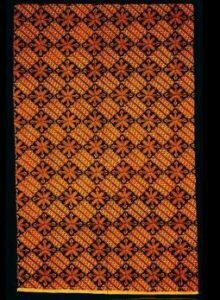
INDONESIAN BATIK DESIGN
According to the Museum of Cultural History, it is known for certain that the Javanese influenced Malay batik-making technically as well as in the development of designs. At an early stage the Malaysians used wooden blocks in order to produce batik-like textiles. As late as the 1920s Javanese batik makers introduced the use of wax and copper blocks on Malaysia’s east coast. The production of hand drawn batik in Malaysia is of recent date and is related to the Javanese batik.
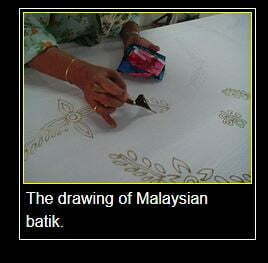
Commercial production started in the 1960s. This craft has developed its own particular aesthetic and design, peculiar to Malaysia. The new Malaysian batik is clearly different from the Javanese tradition of hand-painted batiks.

NEW TRENDY MALAYSIAN DESIGNS
Malaysian batik can be found on the east coast of Malaysia such as Kelantan, Terengganu and Pahang, while batik in Johor clearly shows Javanese and Sumatran influences since there are a large number of Javanese and Sumatran immigrants in southern Malaysia.
To know more about batik, please click here
To see more muslimah fashion on HalalStreet UK, please click here

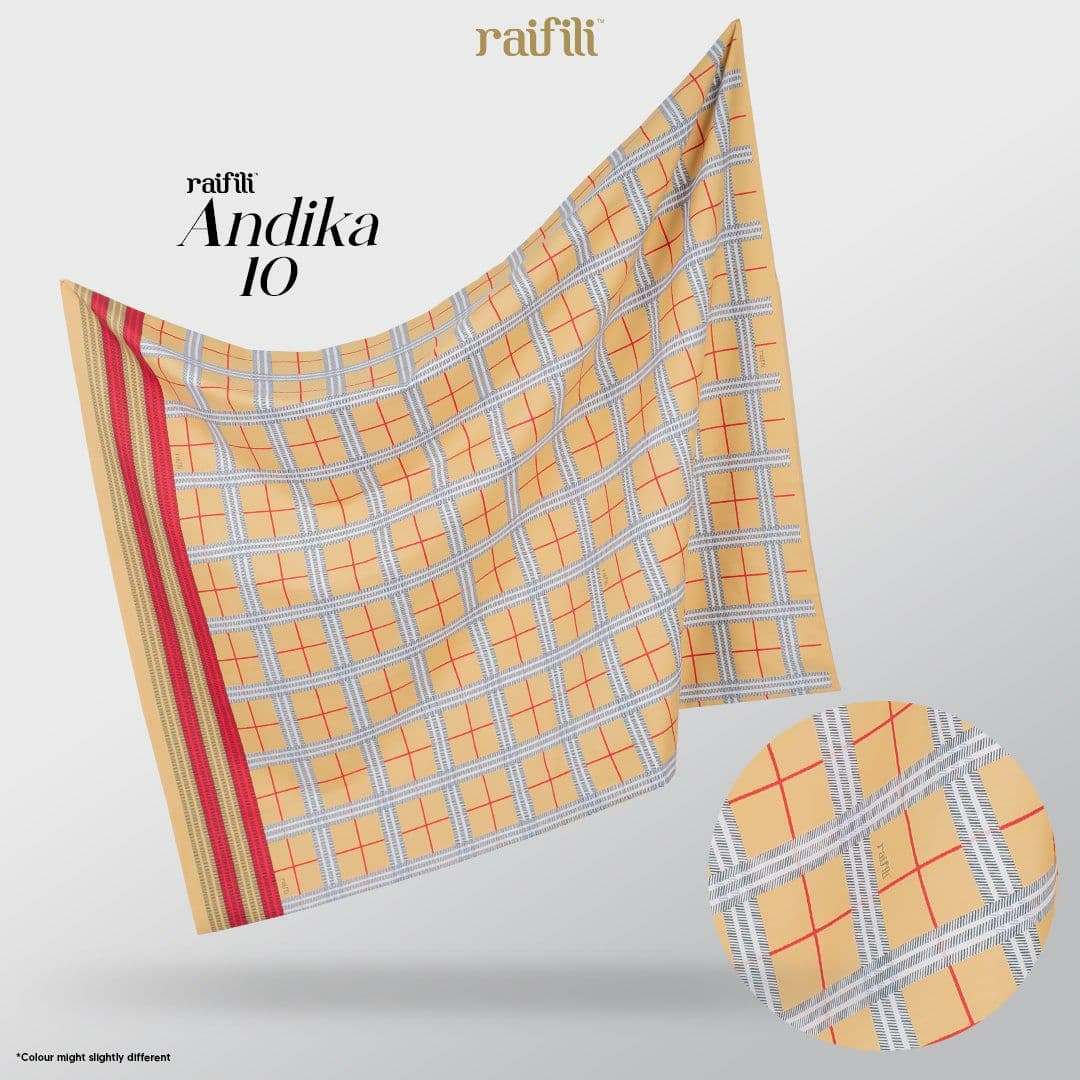



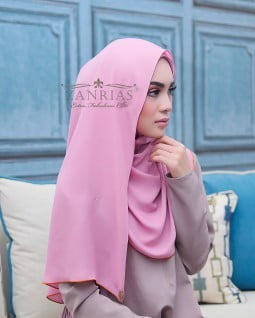
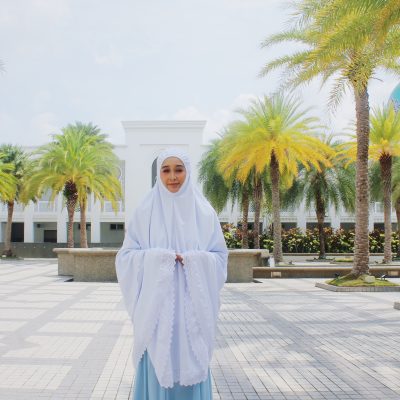
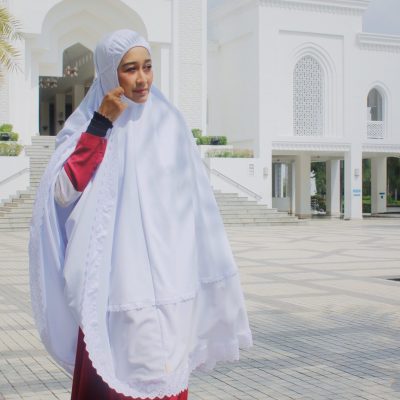

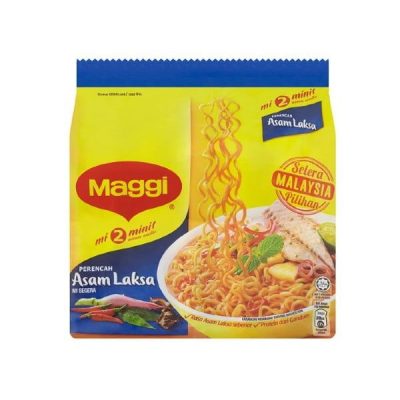
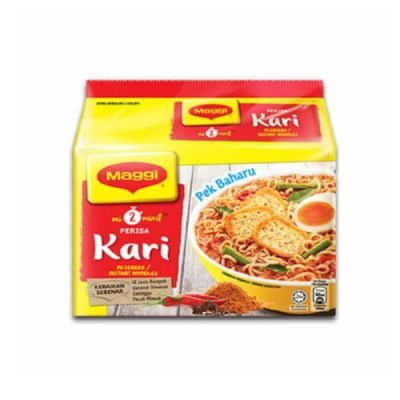



Reviews
There are no reviews yet.